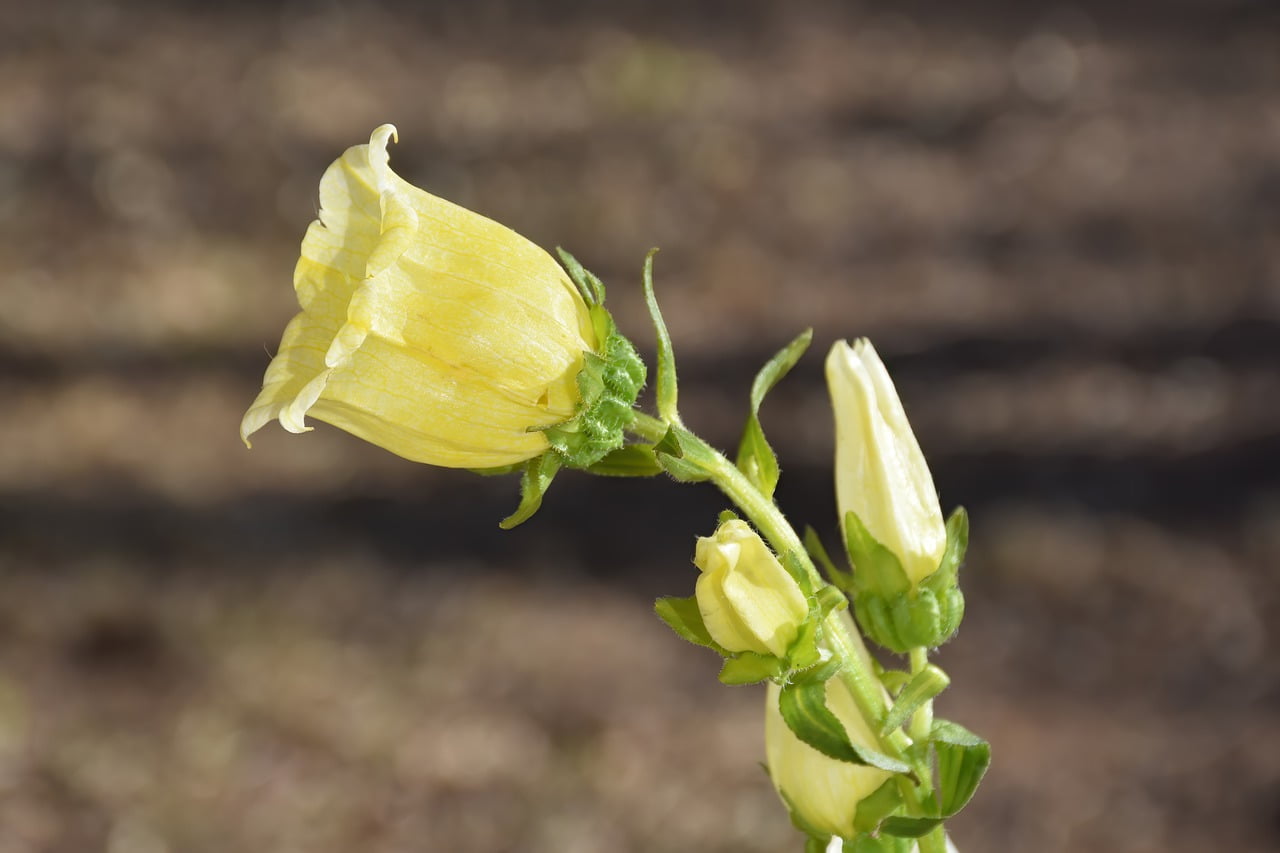
planting Canterbury Bells
Table of Contents
planting Canterbury Bells
- Introduction
- Understanding Canterbury Bells
- Selecting the Perfect Planting Location
- Preparing the Soil for Bellflowers
- Choosing the Right Time to Plant
- Propagation Methods for Canterbury Bells
- Caring for Your Bellflowers
- Watering
- Fertilizing
- Mulching
- Pruning
- Pests and Diseases
- Tips for Extending the Blooming Season
- Companion Planting with Canterbury Bells
- Using Bellflowers in Floral Arrangements
- Popular Varieties of Canterbury Bells
- Frequently Asked Questions (FAQs)
Introduction
Canterbury Bells, also known as bellflowers, are charming and elegant plants that can add a touch of grace to any garden. These biennial and perennial beauties are famous for their bell-shaped flowers that come in various colors, including purple, blue, pink, and white. If you’re a gardening enthusiast looking to enhance the aesthetic appeal of your outdoor space, learning how to cultivate and care for Canterbury Bells is a fantastic idea.
Understanding Canterbury Bells
Canterbury Bells belong to the Campanula genus and are native to Europe. They thrive in temperate climates and can be grown in both gardens and containers. The bell-shaped flowers, arranged in tall spikes, make them a favorite among gardeners for borders, beds, and even cut flower arrangements.
Selecting the Perfect Planting Location
Choosing the right planting location is crucial for the success of your bellflowers. These plants prefer areas with partial shade to full sun, as long as they receive at least 4-6 hours of sunlight daily. Ensure that the location has well-draining soil to prevent waterlogged roots, which can lead to root rot.
Preparing the Soil for Bellflowers
Canterbury Bells prefer fertile, loamy soil that retains moisture without becoming soggy. Before planting, enrich the soil with organic matter, such as compost or well-rotted manure, to provide essential nutrients for the growing plants.
Choosing the Right Time to Plant
Planting Canterbury Bells should ideally be done in the early spring or fall. This gives the plants enough time to establish their root systems before the harsh temperatures of summer or winter.
Propagation Methods for Canterbury Bells
There are two primary methods of propagating Canterbury Bells: seeds and division. Growing them from seeds is the most common approach, while division is suitable for established plants that have become overcrowded.
Caring for Your Bellflowers
Watering
Keep the soil consistently moist but not waterlogged. Canterbury Bells enjoy regular watering, especially during dry spells.
Fertilizing
Fertilize the plants once or twice during the growing season using a balanced, water-soluble fertilizer.
Mulching
Apply a layer of organic mulch around the plants to retain moisture, suppress weeds, and provide a steady supply of nutrients.
Pruning
Remove spent flowers regularly to encourage more blooms and maintain the plant’s appearance.
Pests and Diseases
Canterbury Bells are generally resistant to pests and diseases, but it’s essential to monitor for any issues and take appropriate measures if needed.
Tips for Extending the Blooming Season
By deadheading spent flowers and providing adequate care, you can extend the blooming season of your Canterbury Bells and enjoy their delightful blossoms for a more extended period.
Companion Planting with Canterbury Bells
Pair your bellflowers with other plants that complement their colors and growth habits. Suitable companions include roses, peonies, and daisies.
Using Bellflowers in Floral Arrangements
Canterbury Bells make fantastic additions to floral arrangements, adding a touch of elegance and charm to bouquets and centerpieces.
Popular Varieties of Canterbury Bells
Explore some popular varieties of bellflowers, such as Campanula medium (Canterbury Bells) and Campanula persicifolia (Peach-leaved Bellflower), to find the perfect fit for your garden.
Conclusion
Growing Canterbury Bells can be a rewarding experience for any gardener. Their enchanting bell-shaped flowers and versatility in various garden settings make them a beloved choice among plant enthusiasts. By following the tips and guidelines provided in this article, you can successfully cultivate these lovely blooms and enjoy their beauty year after year.
FAQs
- Are Canterbury Bells deer-resistant?
Yes, Canterbury Bells are considered deer-resistant, making them a great option for gardens frequented by deer. - Can I grow Canterbury Bells indoors?
While Canterbury Bells prefer outdoor conditions, you can grow them in large containers on a sunny patio. - Do bellflowers attract pollinators?
Yes, bellflowers are known to attract bees and butterflies, making them beneficial for pollinator-friendly gardens. - Can I grow Canterbury Bells from cuttings?
While possible, growing bellflowers from cuttings can be challenging. It’s generally more successful to propagate them from seeds or through division. - How long do Canterbury Bells typically bloom?
The blooming period for Canterbury Bells can last from late spring to early summer, depending on the variety and growing conditions.